Renault Mégane vs Volvo EC40 – Which one offers the better deal?
Costs and Efficiency:
Looking at overall running costs, both models reveal some interesting differences in everyday economy.
Renault Mégane has a clearly perceptible advantage in terms of price – it starts at 35100 £, while the Volvo EC40 costs 46600 £. That’s a price difference of around 11563 £.
In terms of energy consumption, the advantage goes to the Renault Mégane: with 15.40 kWh per 100 km, it’s slight more efficient than the Volvo EC40 with 16.20 kWh. That’s a difference of about 0.80 kWh.
As for range, the Volvo EC40 performs noticeable better – achieving up to 584 km, about 132 km more than the Renault Mégane.
Engine and Performance:
Under the bonnet, it becomes clear which model is tuned for sportiness and which one takes the lead when you hit the accelerator.
When it comes to engine power, the Volvo EC40 has a clearly edge – offering 442 HP compared to 218 HP. That’s roughly 224 HP more horsepower.
In acceleration from 0 to 100 km/h, the Volvo EC40 is clearly quicker – completing the sprint in 4.60 s, while the Renault Mégane takes 7.40 s. That’s about 2.80 s faster.
In terms of top speed, the Volvo EC40 performs a bit better – reaching 180 km/h, while the Renault Mégane tops out at 160 km/h. The difference is around 20 km/h.
There’s also a difference in torque: Volvo EC40 pulls clearly stronger with 670 Nm compared to 300 Nm. That’s about 370 Nm difference.
Space and Everyday Use:
Cabin size, boot volume and payload all play a role in everyday practicality. Here, comfort and flexibility make the difference.
Both vehicles offer seating for 5 people.
In curb weight, Renault Mégane is distinct lighter – 1719 kg compared to 2065 kg. The difference is around 346 kg.
In terms of boot space, the Volvo EC40 offers minimal more room – 404 L compared to 389 L. That’s a difference of about 15 L.
In maximum load capacity, the Renault Mégane performs somewhat better – up to 1332 L, which is about 136 L more than the Volvo EC40.
When it comes to payload, Renault Mégane slight takes the win – 446 kg compared to 435 kg. That’s a difference of about 11 kg.
Who wins the race?
The Volvo EC40 proves to be dominates this comparison and therefore becomes our DriveDuel Champion!
Volvo EC40 is the better all-rounder in this comparison.
Costs and Consumption
View detailed analysis
Engine and Performance
View detailed analysis
Dimensions and Body
View detailed analysis
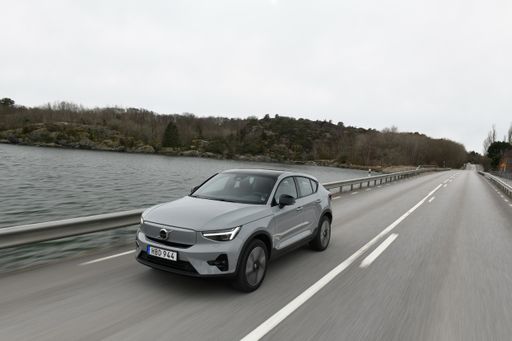 @ Volvo Cars
@ Volvo Cars
Volvo EC40
Renault Mégane
The Renault Mégane blends Gallic flair with practical everyday charm, showing that sensible transport can still have personality and poise. It’s a smart pick for buyers who want a comfortable, stylish hatchback that feels a little more special than the usual commute companion.
details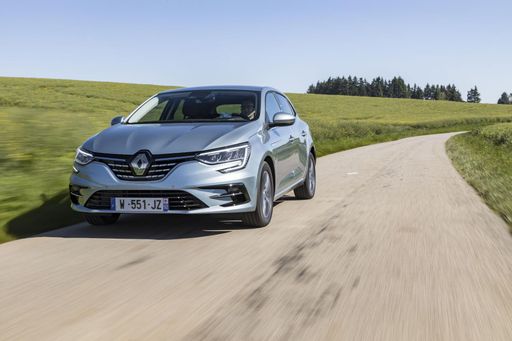 @ Renault Group Media
@ Renault Group Media
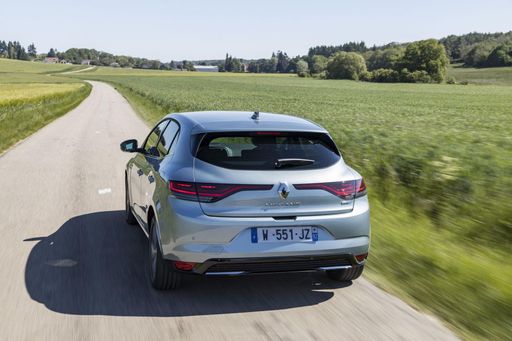 @ Renault Group Media
@ Renault Group Media
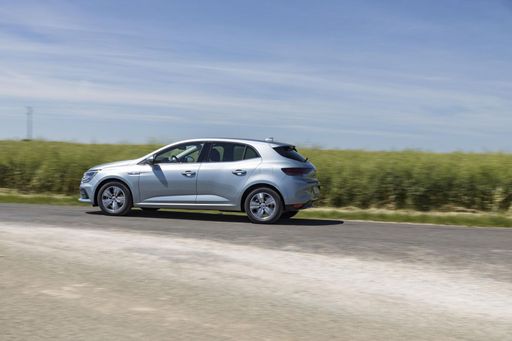 @ Renault Group Media
@ Renault Group Media
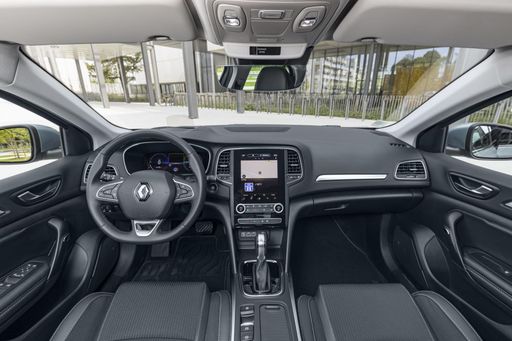 @ Renault Group Media
@ Renault Group Media
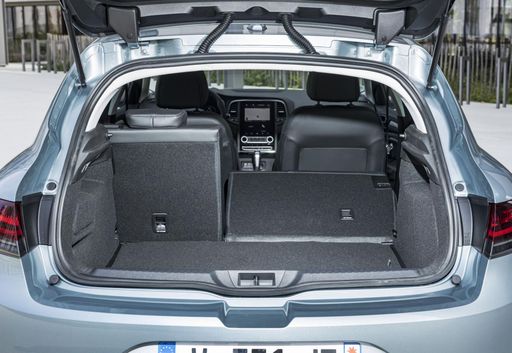 @ Renault Group Media
@ Renault Group Media
Volvo EC40
The Volvo EC40 feels like a polished slice of Scandinavian calm on wheels, blending minimalist design with a cocoon-like interior that makes everyday driving surprisingly serene. It’s an electric compact that puts safety and comfort front and center, while still injecting enough personality and tech-savvy charm to keep city buyers smiling.
details @ Volvo Cars
@ Volvo Cars
 @ Renault Group Media
@ Renault Group Media
|
 @ Volvo Cars
@ Volvo Cars
|
|
|
|
Costs and Consumption |
|
|---|---|
|
Price
35100 - 38500 £
|
Price
46600 - 59000 £
|
|
Consumption L/100km
-
|
Consumption L/100km
-
|
|
Consumption kWh/100km
15.40 kWh
|
Consumption kWh/100km
16.2 - 17.3 kWh
|
|
Electric Range
452 km
|
Electric Range
488 - 584 km
|
|
Battery Capacity
-
|
Battery Capacity
67 - 79 kWh
|
|
co2
0 g/km
|
co2
0 g/km
|
|
Fuel tank capacity
-
|
Fuel tank capacity
-
|
Dimensions and Body |
|
|---|---|
|
Body Type
SUV
|
Body Type
SUV
|
|
Seats
5
|
Seats
5
|
|
Doors
5
|
Doors
5
|
|
Curb weight
1719 kg
|
Curb weight
2065 - 2185 kg
|
|
Trunk capacity
389 L
|
Trunk capacity
404 L
|
|
Length
4200 mm
|
Length
4440 mm
|
|
Width
1783 mm
|
Width
1873 mm
|
|
Height
1505 mm
|
Height
1591 mm
|
|
Max trunk capacity
1332 L
|
Max trunk capacity
1196 L
|
|
Payload
446 kg
|
Payload
395 - 435 kg
|
Engine and Performance |
|
|---|---|
|
Engine Type
Electric
|
Engine Type
Electric
|
|
Transmission
Automatic
|
Transmission
Automatic
|
|
Transmission Detail
Reduction Gearbox
|
Transmission Detail
Reduction Gearbox
|
|
Drive Type
Front-Wheel Drive
|
Drive Type
Rear-Wheel Drive, All-Wheel Drive
|
|
Power HP
218 HP
|
Power HP
238 - 442 HP
|
|
Acceleration 0-100km/h
7.40 s
|
Acceleration 0-100km/h
4.6 - 7.3 s
|
|
Max Speed
160 km/h
|
Max Speed
180 km/h
|
|
Torque
300 Nm
|
Torque
420 - 670 Nm
|
|
Number of Cylinders
-
|
Number of Cylinders
-
|
|
Power kW
160 kW
|
Power kW
175 - 325 kW
|
|
Engine capacity
-
|
Engine capacity
-
|
General |
|
|---|---|
|
Model Year
2025
|
Model Year
2024
|
|
CO2 Efficiency Class
A
|
CO2 Efficiency Class
A
|
|
Brand
Renault
|
Brand
Volvo
|
What drive types are available for the Renault Mégane?
Available configurations include Front-Wheel Drive.
The prices and data displayed are estimates based on German list prices and may vary by country. This information is not legally binding.
